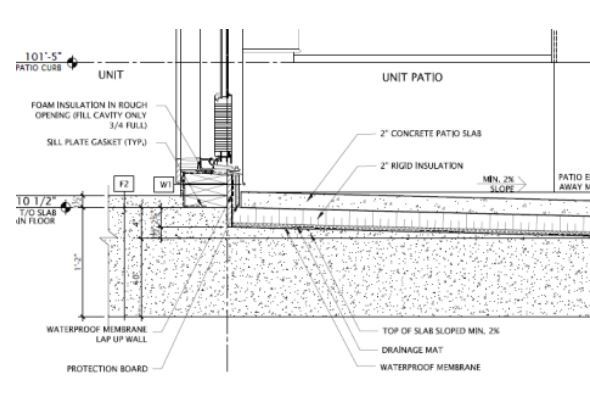KootK
Structural
- Oct 16, 2001
- 18,611
A client has specified the following for a non-structural patio topping slab:
1) Concrete thickness = 2"
2) Reinforcement = none
3) Air = 5-8%
4) Climate = bloody cold
How would you feel about this from a durability perspective? What is the minimum thickness / reinforcing that you would accept for such an element?
I like to debate structural engineering theory -- a lot. If I challenge you on something, know that I'm doing so because I respect your opinion enough to either change it or adopt it.
1) Concrete thickness = 2"
2) Reinforcement = none
3) Air = 5-8%
4) Climate = bloody cold
How would you feel about this from a durability perspective? What is the minimum thickness / reinforcing that you would accept for such an element?
I like to debate structural engineering theory -- a lot. If I challenge you on something, know that I'm doing so because I respect your opinion enough to either change it or adopt it.

